The Heritage Auctions January 2024 Florida United Numismatists (FUN) U.S. Coins Signature Auction is always one of the most anticipated and significant coin auctions of the year. Held January 10-14, 2024, at the Heritage Auctions offices in Dallas, the sale took a combined $60+ million with both rare coins and banknotes crossing the block.
The Heritage Auctions FUN auction is always impressive, but what caught my eye?
More than 2,600 fabulous coins sold across seven sessions, in addition to the massive selection of pieces from the Walter J. Husak Copper Collection. Some of the most interesting coins that caught my eye include the six amazing rarities listed below. I have also added a few words explaining why I think each of these lots are special.
Key-Date Coins
Produced inadvertently, the 1922 No D Lincoln Cent has an interesting and somewhat complicated story. The 1922 No D Lincoln Cent wasn’t recognized as a variety until some time after its emission – early on many assumed it to be a typical Philadelphia issue with no mintmark. But it resulted from the mintmark being removed during die polishing. Denver Mint quality control was poor and the strike on most 1922 cents was weak. While all 1922 No D Lincoln Cents are scarce, the Die Pair 2 FS-401 featuring a strong strike reverse is especially rare in uncirculated examples. The 1922 No D Lincoln Cents with original Red color are even more elusive. This lovely PCGS MS64RB example is one of only five for the grade, with just three better. This specimen brought a remarkable $72,000.
Who doesn’t admire a lovely Walking Liberty Half Dollar? Sometimes scarcity is determined at origin. Only 208,000 of the 1921-D Walking Liberty Half Dollars were minted, and most were used extensively. Overlooked for nearly 20 years, just a few nice high-grade coins were saved by collectors, probably as a result of the low mintage. An MS65+ example, exhibiting a strong thumb on Miss Liberty, is well struck overall, with lovely light original toning and few marks. One of the keys to the Walking Liberty Half Dollar set, just five 1921-D halves have been graded MS65+ by PCGS, with only three total examples finer. This coin brought $46,800.
Key-date coins are always in demand. When I was a dealer, I’d hear other dealers often joke that collector want lists were somewhat interchangeable. A significant number of our customers were all looking for the same key-date coins. There are coins you are always searching for, like both the 1922 No D Lincoln Cent and 1921-D Walking Liberty Half Dollar, but everyone needed an 1893-S Morgan Dollar.
I always notice a PCGS MS63 1893-S Morgan Dollar. MS63 examples aren’t available often and always garner fierce competition among PCGS Morgan Dollar Registry Set collectors. Only 100,000 examples of the 1893-S Morgan Dollars were produced. PCGS has graded 10 MS63 examples, with 10 total coins in higher grades. This example with mostly white surfaces and well-struck features was sought aggressively with a winning price of $444,000.
For Peace Dollar aficionados there was much interest in the 1934-S specimen graded MS66+ by PCGS. This key-date 1934-S Peace Dollar features a strong strike, pristine surfaces, and lovely multi-color toning. Many don’t realize the 1934-S with a mintage of just over a million coins wasn’t even authorized for production until late in 1934. Most of the million coins produced were circulated heavily, and few were saved by collectors. This amazing example, which brought $55,200, is tied for finest known at PCGS with nine graded MS66+ and none finer.
Lottery Picks
My first four picks were dedicated to the mainstream U.S. collector because I had multiple want lists including all four of these coins – from multiple customers for multiple decades! (Whew!) These are coins collectors need, and most often could eventually afford.
My fifth and sixth picks are “lottery” picks for me, in terms of my never being able to own either unless I win the lottery!!
Territorial gold is special. Not only were these items coined directly from the source of the gold, but coining the raw bullion enabled trade and banking. Many of these territorial gold operations recognized the business opportunity of making a small percentage on a large number of items again and again.
The 1851 Schultz & Co. $5 piece graded PCGS MS62 is a coin I will remember. The discovery story of the coin is fascinating and reported by both Lost Treasures magazine and National Geographic after being found with a metal detector on a deserted beach near Monterey, California, in 1982 by James Owens. This finest-known specimen is one of only an estimated 10 examples, including the Smithsonian example, in an estimated VF grade.
Schultz and Co. gold was interesting in that Schultz, the company, produced the dies for most of the private coining operations in San Francisco in a building directly behind the Baldwin coining facility on Clay Street. In addition to the dies Schultz produced from January to April 1851, Schultz also minted this 1851 $5 gold piece. In April 1851, the California Legislature prohibited private gold coining operations.
Reputation is everything. When an early assay found only $4.87 worth of gold in the $5 Schultz coin, many of the coins were melted and few survived, let alone in high grade. Despite a later assay which showed a more favorable $4.94 gold value, the damage was done. Interestingly this “sleight” in weight has much to do with the rarity of this piece today!
Then there is the 1855 Kellogg $50 slug… What can I say about this piece? It’s truly one of the most popular and legendary of all California Territorial gold issues. And an 1855 Kellogg $50 in PCGS PR64CAM is one of only an estimated 14 pieces known. For more than a century, this coin has been considered by many, including iconic coin dealer B. Max Mehl, “the most beautiful of all pioneer gold coins.” As early as 1912, famous numismatist Edgar Adams knew about 13 of the 14 known coins. This example was the finest of a small group likely split between John Glover Kellogg and Augustus Humbert.
Six coins can be traced back to Humbert’s death in 1873, and three more can be followed to Kellogg’s death in 1886. When August Humbert died in 1873, his coins were passed to his brother Pierre. This finest-known PR64CAM example was the best of the six coins Pierre Humbert held until his death in 1901, when the collection was sold to Captain Zabriskie.
When Henry Chapman sold the Zabriskie Collection in 1909, his comments in the introduction to the catalog that the “purchase from his executors the collection of coins left by Mr. Humbert, the California Assayer,” which Zabriskie added to his collection of many years, “makes his pioneer gold the best ever offered at public sale.” This specimen pedigree is quite impressive including such prestigious names as Col. James Elsworth, Wayte Raymond, and John Work Garrett.
The $1,260,000 price realized for the 1855 Kellogg $50 PCGS PR64CAM is an impressive price for a prized rarity. Curiously, this coin last made an auction appearance as part of the Riverboat Collection in the Heritage April 2014 auction, where it brought $763,750. I find it quite illustrative and not surprising that this amazing coin appreciated 40% in 10 years.
The coins that caught my eye are all special in terms of both exceptional quality and well-established collector demand. I congratulate the fortunate buyer of the 1855 Kellogg $50 for a magnificent coin that will highlight any collection, but truth be told, I would be happy to own any one of the six myself!
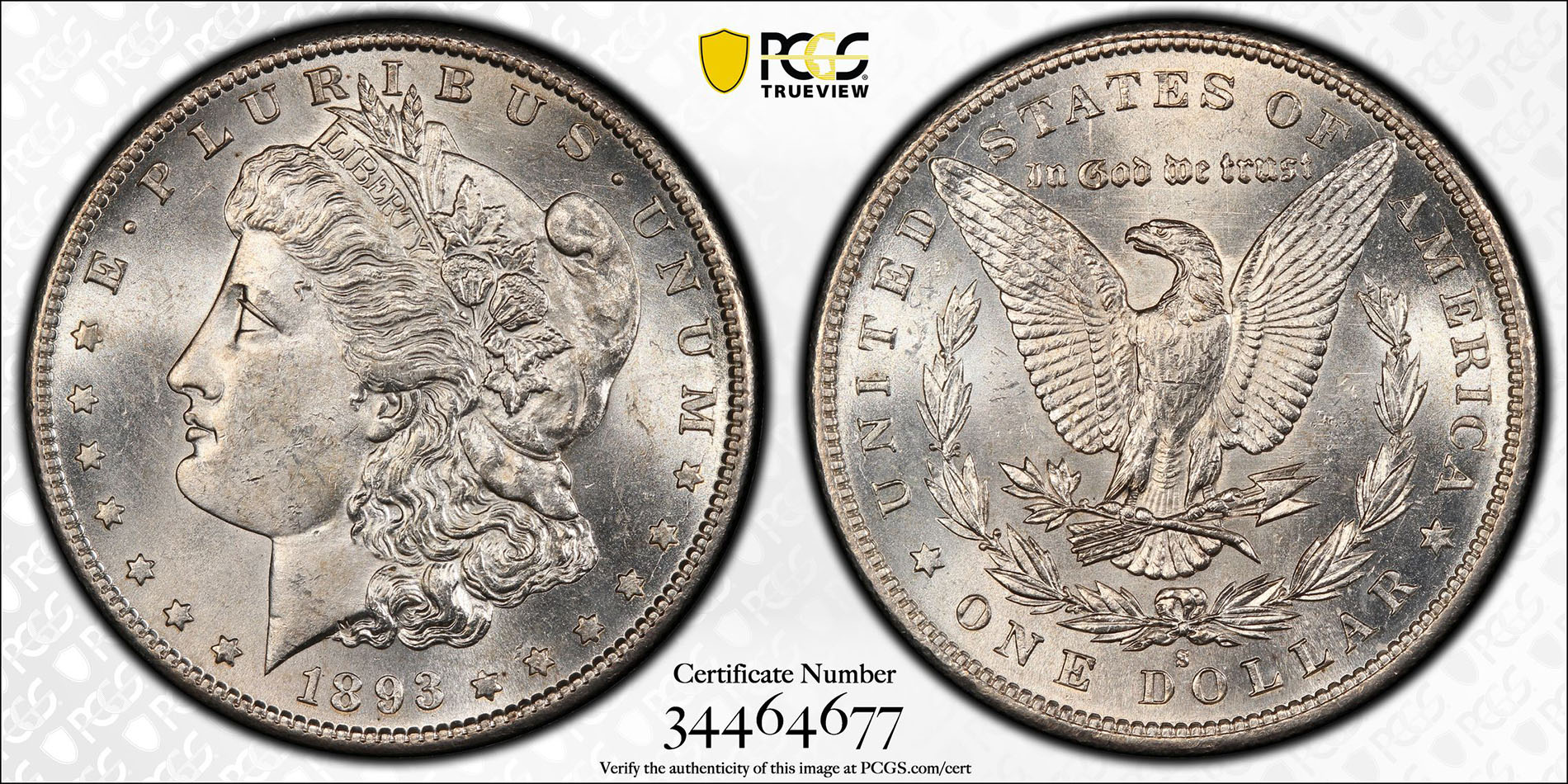
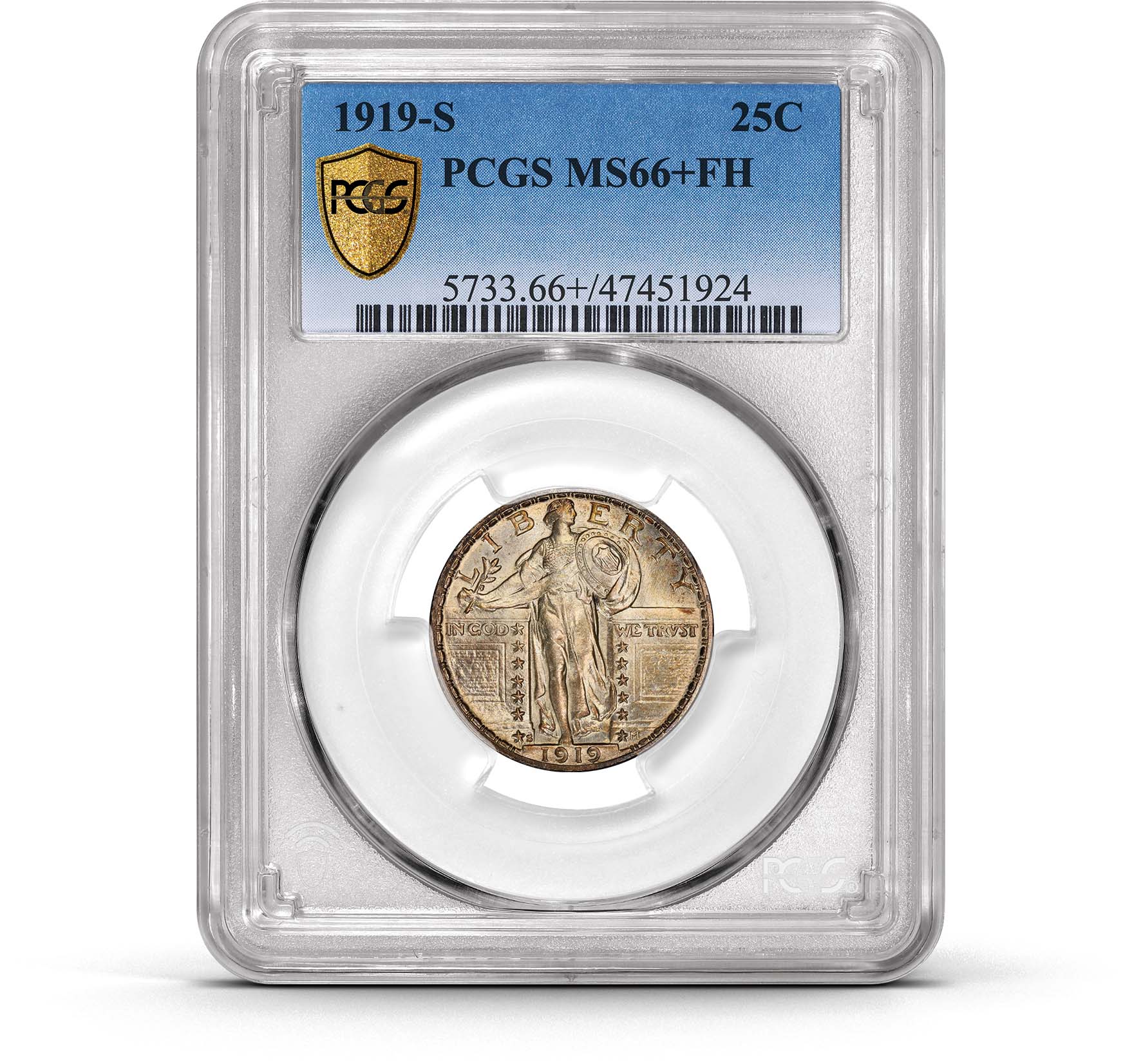
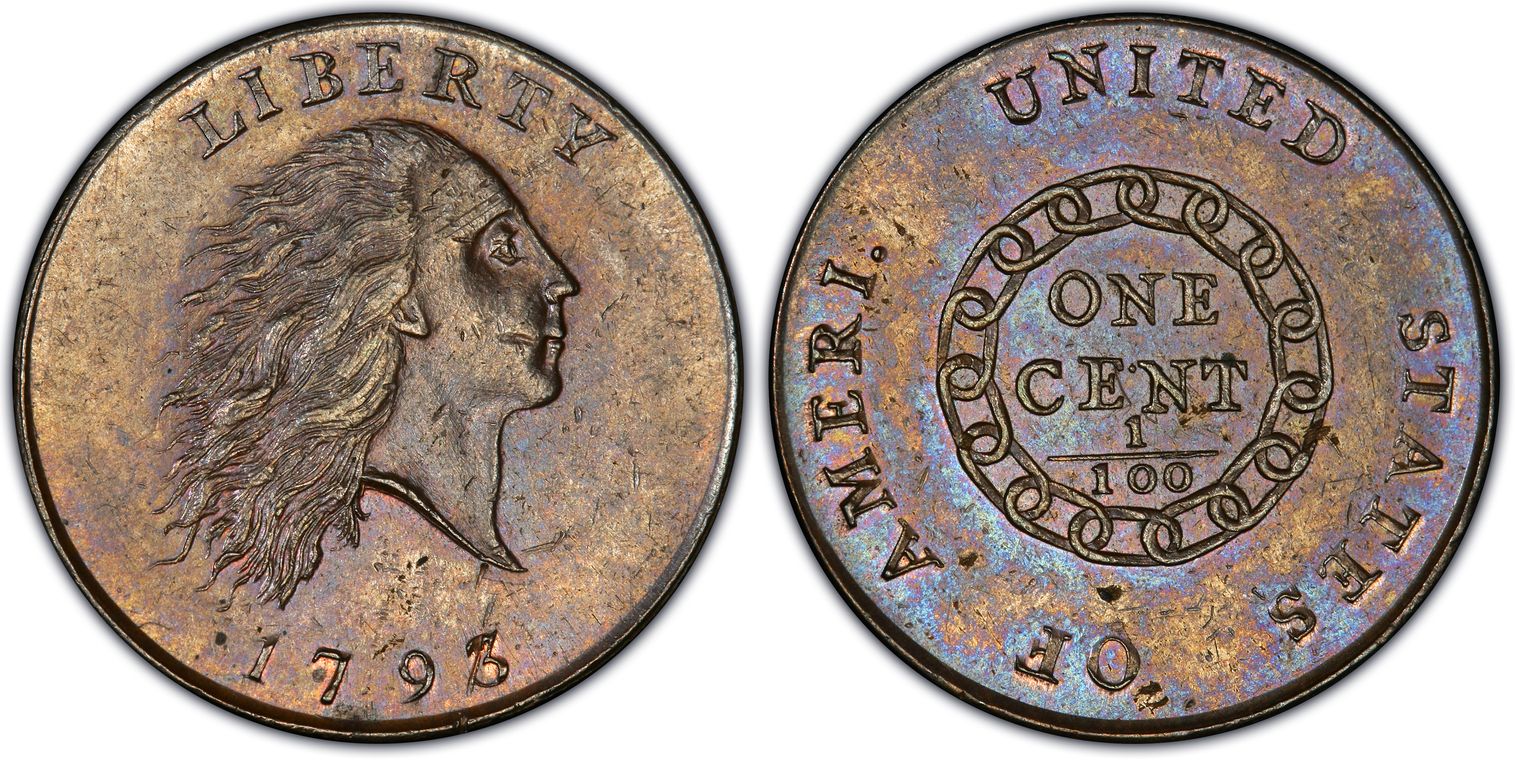
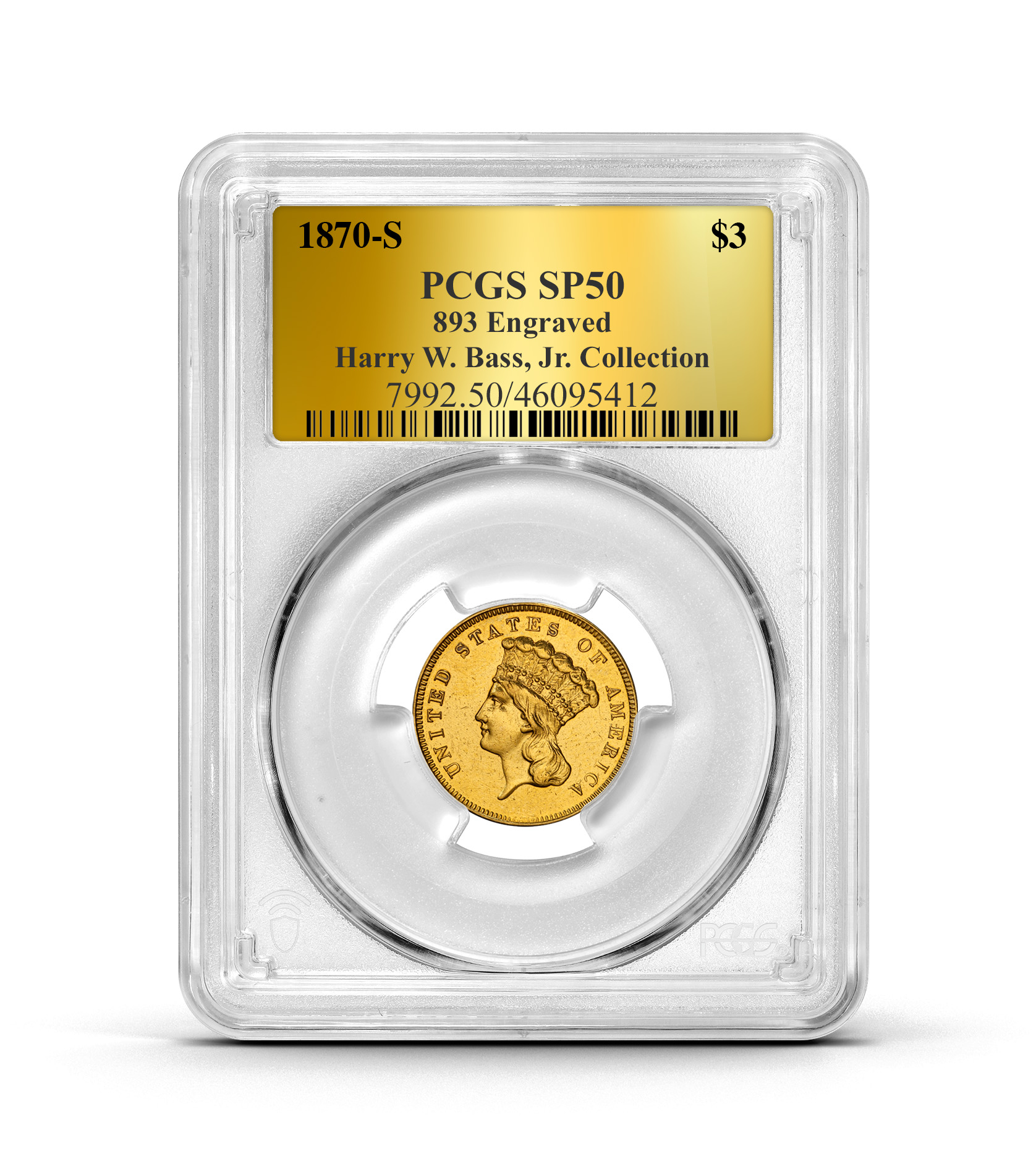

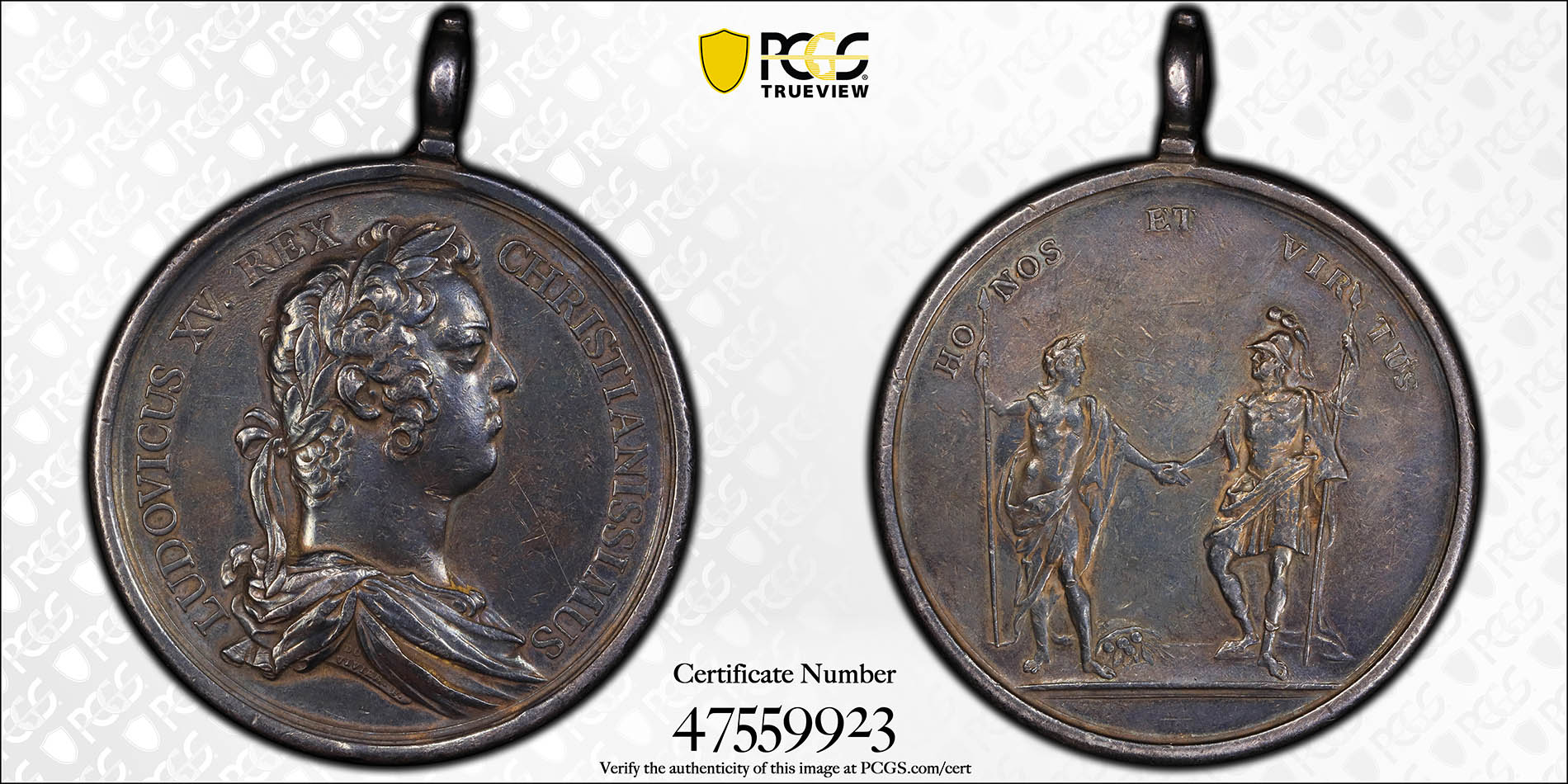

 Copper & Nickel
Copper & Nickel
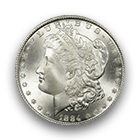 Silver Coins
Silver Coins
 Gold Coins
Gold Coins
 Commemoratives
Commemoratives
 Others
Others
 Bullion
Bullion
 World
World
 Coin Market
Coin Market
 Auctions
Auctions
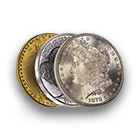 Coin Collecting
Coin Collecting
 PCGS News
PCGS News